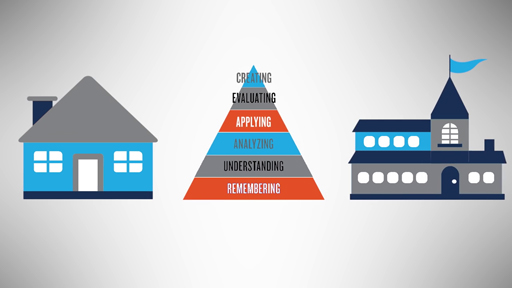3 Exploring a flipped learning model
The approach to the start of this section is very different – you go straight into an activity. The reason will soon become apparent.
Activity 2 Preparing for the section ahead: flipped learning
Using the terms ‘flipped learning’ or ‘flipped classroom’ in an internet search engine, research what flipped learning means. You may even find a video of flipped learning being used in practice, even if it is outside of a sport context.
Discussion
Flipped learning is all about learners doing meaningful preparation, just like you have in already researching the topic of this section. By flipping a traditional approach to teaching you have already acquired an understanding of the ideas you are going to consider further.
When you flip the classroom and coaches and teachers meet face-to-face, the focus can be organised around discussing, clarifying, extending and applying the material the learners have engaged with prior to the session.
In the following activity you will extend your understanding further.
Activity 3 Rethinking space and time: how it applies to coaching practice
Watch Video 3 which is about rethinking space and time using the flipped learning model. Then watch Video 4 in which Mark Upton (formerly of the English Institute of Sport) explains how he used flipped learning in his coaching practice at a professional club.
Answer these two questions:
- What space and time is being changed?
- What does Upton claim are the benefits of using flipped learning?

Transcript: Video 3
Video 4: The ‘flipped classroom’ and sports coaching. Watch from the start up to 06:23.
Discussion
- The ‘space’ relates to the classroom space and how it is organised, while ‘time’ refers to the face-to-face time when you meet with your learners.
- Upton claims in Video 4 that flipped learning is more learner-centred than in a traditional teaching model as learners discuss and make sense of the content between themselves in a more engaged way. It was claimed from Upton’s piece of research that learners’ recall of tactical concepts was negligible after ‘sage on the stage’ learning. He referred to teachers using flipped learning as more of a ‘guide on the side’ i.e. not being the centre of attention or knowledge.
There is evidence to support the effectiveness of flipped learning. For example, Reddan et al. (2016) have reported on the successful use of flipped learning with a group of sports coaching students. The students preferred the flipped classroom method and teachers found that they could engage with their students more individually.
